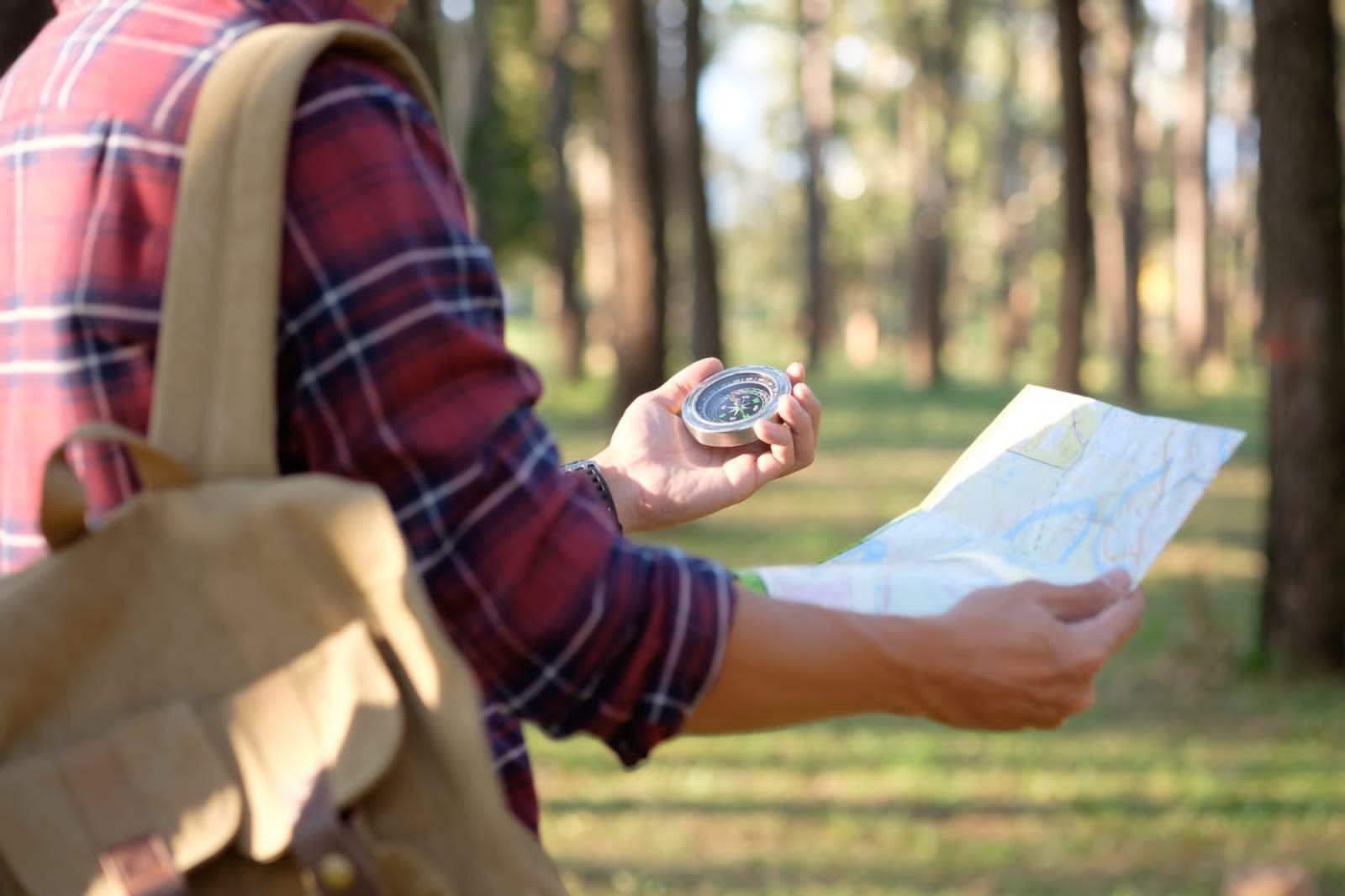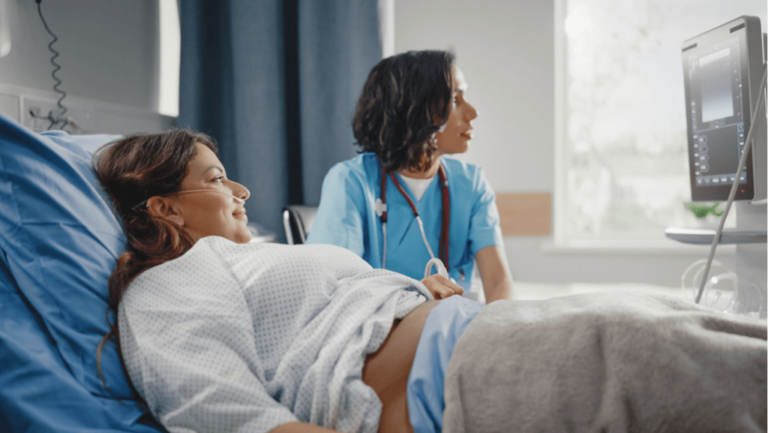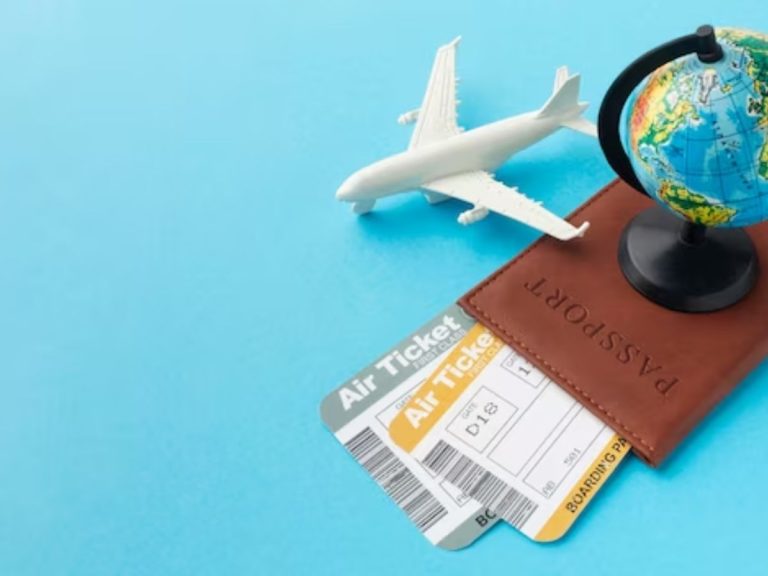What Does It Mean to Be Prepared in Today’s Society?
It can almost universally be agreed that we live in a complex and uncertain world, and being prepared for potential disasters, emergencies, and financial downturns is more important than ever. Having contingency plans and supplies ready in case something goes wrong can make a huge difference in you and your family’s ability to survive and recover when challenges arise.
Financial Preparedness
Financial resilience is essential for weathering job losses, unexpected expenses, stock market volatility, and other money-related disruptions. Some key components of financial preparedness include having an emergency fund with 3-6 months’ worth of living expenses, maintaining good credit, having adequate insurance, minimizing debt, and diversifying assets.
An emergency cash fund is perhaps the most vital financial buffer when faced with sudden unemployment or unplanned bills. Experts typically recommend saving enough to cover 3-6 months of essential living expenses to withstand periods of income loss. This emergency fund allows one to continue paying for rent, food, transportation, medications, and other necessities if their paycheck stops coming in. Without cash savings, an unexpected job loss or disability can quickly spiral into a major financial setback. But with adequate emergency reserves, one can float expenses to stay afloat while figuring out the next steps.
Good credit is another key financial fallback, as it enables easier borrowing access in case temporary loans become necessary to deal with surprise expenses. Those with higher credit scores have more financing options, including lower interest rates that reduce the overall debt burden. Establishing good credit while times are stable creates flexibility to utilize credit to manage bumps in the road. One never knows when they might need to take out a small loan or line of credit to get through periods of financial instability.
An emergency cash fund is perhaps the most vital financial buffer when faced with sudden unemployment or unplanned bills. Experts typically recommend having 3-6 months’ worth of living expenses saved in a dedicated emergency account to provide a cushion in times of lost income. These funds allow one to cover essential needs like rent, utilities, food, and medication during periods of disruption while figuring out the next steps. For example, if unexpected car repairs or a medical crisis causes someone to miss two weeks of work unpaid, emergency savings could be used to pay the mortgage, buy groceries, and make a car loan payment until paychecks resume. Without this contingency fund, even minor disruptions can spiral into major financial crises.
Similarly, having established good credit enables easier access to borrowing options if an emergency expense exceeds one’s available cash. Good credit scores unlock better interest rates on credit cards, personal loans, and home equity lines of credit that may be utilized as a fallback. Paying bills on time and keeping credit utilization low during normal times establishes this good standing so that financing is available when unplanned bills arise. Whether it’s home repairs after storm damage, legal help after an accident, or medical bills after an injury, good credit empowers temporary borrowing on manageable terms in periods of instability.
Between accessible emergency savings and backup borrowing capacity, financial preparedness provides ballast when sudden unemployment, market fluctuations or surprise bills strike. Establishing these contingencies ahead of time allows one to handle interruptions without immediately resorting to desperate measures.
Adequate insurance coverage, including health, disability, property, and life insurance, also prevents major losses from severely damaging one’s financial foundation. Minimizing debt reduces vulnerability to economic downturns. Spreading out investments in stocks, bonds, real estate, and other assets cushions against market fluctuations. Implementing such preparedness steps promotes confidence to handle bumps in the financial road.
Emergency Preparedness
Emergency preparedness involves getting ready to respond quickly and safely when accidents, medical events, power outages, or other disruptive circumstances unexpectedly arise. Key facets include having emergency action plans for plausible risks, maintaining well-stocked readiness bags for evacuation, and learning lifesaving skills like first aid and CPR.
Taking time to create emergency action plans ensures everyone in a household knows how to react swiftly to common emergencies. Plans should cover getting out fast in a fire, securing possessions to minimize flood damage, coordinating family contact if cell towers go down in a natural disaster, and accounting for those with mobility limitations during crisis response. Posting exit routes by doorways, ensuring smoke detectors function, and holding occasional fire drills commits the response plan to memory before real alarms sound. Similar contingency planning for floods, earthquakes, and storm events helps mitigate panic when disaster strikes.
Readiness bags, kept by exit doors and packed the same way for grab-and-go access, enable rapid evacuation from dangerous situations at home. Having food, water, flashlights, batteries, external phone chargers, radios, first aid supplies, tools, blankets, and extra medication on hand allows one to quickly evacuate while carrying essentials to stay stable until it is safe to return. Rotating perishable items every 6 months keeps the bags ready for sudden use. With reliable readiness packs, individuals and families can get out fast and sustain themselves short-term when emergencies require leaving home quickly.
Having established emergency action plans for likely risks like fires, floods or tornados reduces reaction times and confusion if disaster strikes. Ready-to-go evacuation bags stocked with essential supplies like water, flashlights, a first aid kit, and extra medication enable rapid response when exiting dangerous zones. Acquiring first aid, CPR, and emergency preparedness training develops the skills needed to assist others until professional responders arrive on scene.

Taking such preparatory measures cultivates resilience and quick thinking when facing urgent threats at home or in public spaces. Emergency readiness provides the tools to take lifesaving actions without hesitation.
Disaster Preparedness
Disaster preparedness takes a big-picture view to brace for high-impact catastrophes like earthquakes, cyberattacks, pandemics, and extreme weather events that can disrupt normal societal functions for extended periods. Key preparedness factors include stockpiling contingency provisions for scarcity, fostering resilient mindsets to reduce panic, and cultivating strong community connections for mutual aid.
When disasters strike, supply chain breakdowns, infrastructure damage, and delivery bottlenecks often create shortages of essentials like food, water, medicine, and fuel. Stockpiling a personal reserve of such necessity’s guards against expected scarcities in the aftermath. Purchase extra non-perishable food, cases of water bottles, over-the-counter medications, batteries, cash, and fuel from sites like preparedbee.com to create a 3–6-month buffer until stability returns. This reduces desperation and unsafe survival behaviors that afflict those who fail to prep.
Psychological resilience and purpose prior to tragedy also improves outcomes when catastrophe hits. Processing previous trauma, strengthening family bonds, maintaining spiritual grounding, and breaking unrealistic optimism about immunity from disaster help brace for the grief and stress such crises bring. Those forearmed with grit and acceptance endure losses with clearer minds to rebuild.
Cultivating dense neighborhood ties and community cooperation prior to calamity also enables collective response when individual capacity is overwhelmed post-disaster. Pooling skills, tools, and resources against a shared threat unlock survival potential for those united.
What to Stockpile
Stockpiling contingency provisions protects against expected supply chain breakdowns and infrastructure damage that often leave stores empty for extended periods when disasters hit. Storing a surplus of non-perishable foods like canned goods, beans, nuts, jerky, and powdered milk creates sustenance when fresh food spoils during power losses or supply shortfalls after storms. Extra bottled water, filters, and jugs provide hydration if pipes leak or municipal water becomes undrinkable. Medications, medical supplies, batteries, propane, fuel, sanitation items, and cash bridge personal gaps until civic order and distribution channels regain function.
Rotating stocked goods using older items during normal times and replacing what is consumed ensures reserves stay intact over the years. Simulating supply deprivations during preparation also tunes survival skills before a genuine crisis. Together, physical provisions and mental readiness safeguard against instability disasters.
Mental Preparation
Fostering psychological resilience and a sense of purpose prior to tragedy also bolsters the capacity to handle the grief and stress such events unleash. Processing trauma from past adversity to build coping capacity, strengthening family bonds and social support, and cultivating spiritual grounding and acceptance of life’s fragility are resilience-building steps. Letting go of unrealistic optimism about personal immunity from disaster counteracts paralyzing shock when catastrophe strikes. Such mental preparedness allows clearer-headed coordination of survival responses, including reliance on stored provisions until recovery.
Cultivating strong social ties and community connections establishes solidarity and mutual assistance to collectively overcome adversity. With shared purpose and grit, neighboring citizens can join together to rebuild and bounce back even after devastating calamities. Implementing such disaster preparedness measures increases chances of weathering the storm.
Financial, emergency and disaster preparedness each require foresight and personal responsibility to put preventative systems in place ahead of time. While government and nonprofit organizations provide assistance during crises, developing one’s own contingency plans, provisions and adaptive skills is essential to navigate the hazards of the modern world with confidence and resilience. By honing preparedness across these domains, individuals and communities enhance their collective ability to respond capably, recover fully and emerge stronger than before when faced with significant disruptions and challenges. The future favors the prepared mind and spirit.







